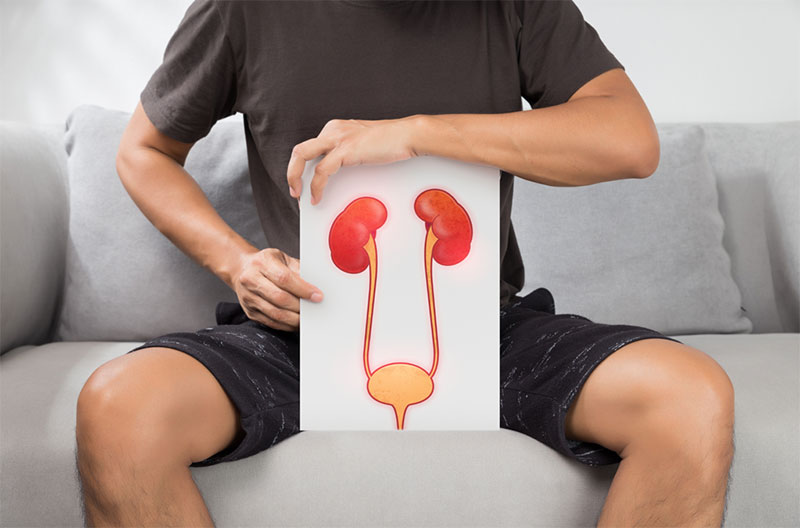
Pelvic Pain – anyone’s burden
By Mason Neal - Physiotherapist
When people think of “pelvic pain” they will usually default to pregnancy-related pains and period-related cramping, however the world of pelvic pain is broad and complex, and in some instances the scientific community still don’t quite know the hows or whys for certain presentations. Pelvic pain can affect people young and old, male and female, internally and externally, and in many cases the reasons or mechanisms aren’t obvious at first.
Pelvic pain can be categorised by anatomical differences (male vs female), and again by type and perceived cause of pain (muscular, visceral / organ-related, neurohormonal), however many cases get treated under the umbrella terms “persistent pelvic pain” or “pelvic girdle pain” when there is no underlying mechanism or definite pathological process occurring. Even without a specific term or diagnosis, pelvic pain can still be assessed and well managed from the effect of exercise and lifestyle or habit changes on the urinary, reproductive, or musculoskeletal systems that interact around the pelvis. While recognising that every case is unique and may respond differently, some of the strategies employed in managing pelvic pain include:
- Pelvic floor muscle strengthening, co-ordination, or relaxation exercises
- Bladder training and modifying toileting habits
- Soft tissue techniques about the abdomen, adductors (groin), perineum, or buttocks
- Movement or conditioning / cardiovascular exercise
- Lower back, hip, or buttock strength exercises
- Insertable devices used to assist with relaxation and desensitisation
- Education regarding factors influencing pain, and lifestyle habits to potentially modify
- Referral or liaising with other healthcare providers (GP, specialist, dietitian, etc.)

Many times people leave pelvic pain because of the perceived stigma associated with having it assessed, treated, or even acknowledged, and in some cases the longevity of the symptoms can increase the timeframe to recovery due to either changes in physiology of the affected muscles or other tissue, habits formed, or the neurochemical changes associated with pain processing – particularly if it is not directly associated with something seemingly physical in nature like soft tissue tenderness or tightness.
The assessment process can be daunting to some, particularly those who haven’t been exposed to other medical procedures or assessments to that body part before. Depending on what the presentation and symptoms are, assessment for pelvic pain can include:
- Discussion about symptoms and lifestyle that may be contributing, including bladder, bowel, and sexual habits
- Discussion about diet and fluid intake, exercise, and medication usage
- Range of motion of the lower back, torso, and hips
- Visible assessment of the pelvic floor and external (male and female) or internal (female) genitalia which border the pelvic floor muscles
- Palpation for tenderness to the painful region, which may include the back, buttock, abdomen, groin crease, perineum, or external genitalia
- Guidance of exercises (both general exercise and ones for the pelvic floor)

Because of the nature of these conditions and assessments, having a support person or partner can be useful for comfort, however regardless of their presence the process aims to be non-confronting and educational to give you the best picture of what is happening and how best you can manage it, as well as providing your GP or specialist a report about what is happening in case their input, or referral to involve another health discipline is warranted for optimal management.
If you have been experiencing pelvic pain, or have a specific diagnosis of pelvic pain like endometriosis or polycystic ovary syndrome, scrotal content pain, pelvic myalgia, or pudendal neuralgia (to name only a few), feel free to contact us or book online for an assessment today.